Our world is filled with breathtaking beauty, but it also harbors places so hazardous they can claim lives in an instant. From extreme weather conditions to political unrest and treacherous terrain, these locations push human survival to its limits.
While you might expect only remote or undeveloped regions to make this list, you’ll be surprised to find that even the United States contains zones where nature shows no mercy.
1. Mount Everest, Nepal
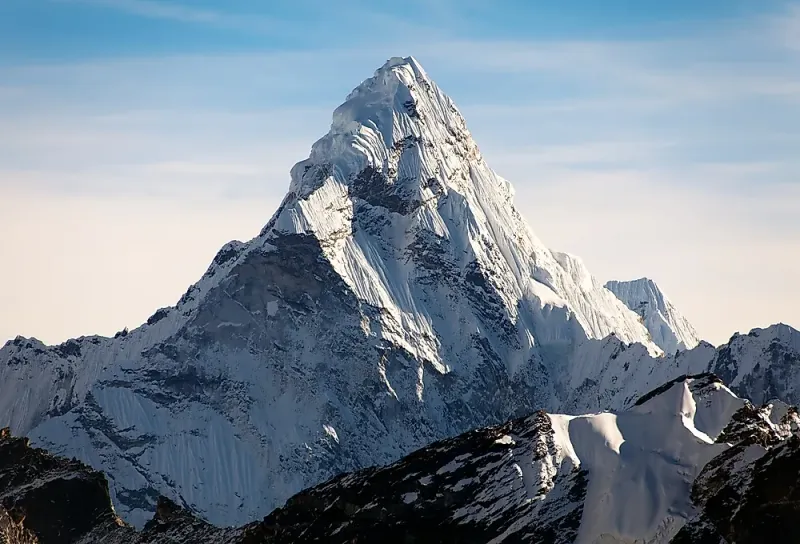
The world’s tallest mountain lures hundreds of climbers each year, but its beauty masks deadly dangers. Temperatures can plummet to -76°F, while oxygen levels at the summit are just one-third of what we breathe at sea level.
The infamous “Death Zone” above 26,000 feet has claimed over 300 lives since expeditions began. Bodies of fallen climbers often remain on the mountain, frozen reminders of Everest’s power.
Avalanches, sudden storms, and hidden crevasses create additional hazards. Even experienced mountaineers with proper equipment face extreme risks when attempting to conquer this Himalayan giant.
2. North Yungas Road, Bolivia
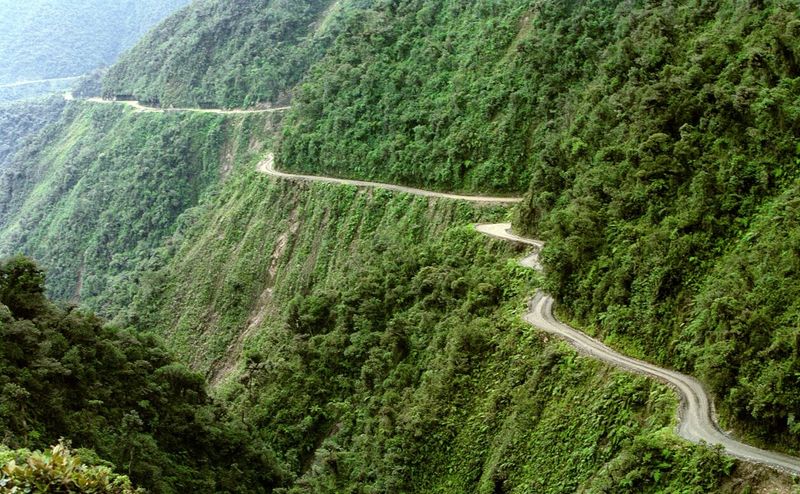
Nicknamed “Death Road,” this 43-mile stretch carved into the Bolivian mountainside features 2,000-foot drops with no guardrails. Fog, rain, and mudslides regularly transform the narrow path into a slippery nightmare for drivers.
Before a safer alternative route opened in 2006, nearly 300 people died here annually. The road measures just 10 feet wide in many sections, barely enough for two vehicles to pass.
Strangely, it’s now become a tourist attraction for thrill-seeking mountain bikers. Crosses and memorials dot the roadside, marking spots where vehicles and their passengers plunged into the abyss below.
3. Danakil Depression, Ethiopia
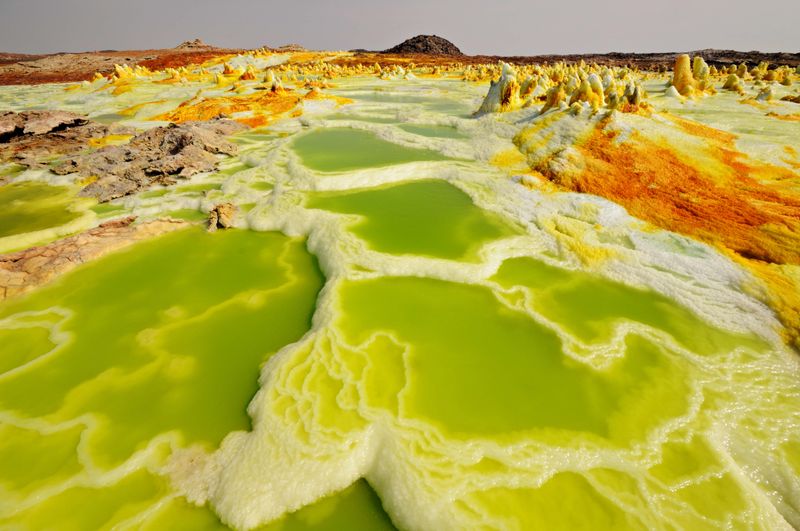
Imagine walking on what looks like a colorful alien landscape, where the ground bubbles with acid and temperatures regularly exceed 120°F. Welcome to the Danakil Depression, one of Earth’s most hostile environments.
This geological wonder sits at the junction of three tectonic plates, creating a surreal terrain of salt formations, lava lakes, and sulfuric acid pools that would burn human flesh on contact. The air itself is toxic, filled with chlorine and sulfur gases that damage the lungs.
Despite these extreme conditions, some hardy microorganisms thrive here, giving scientists clues about how life might exist on other planets.
4. Darvaza Gas Crater, Turkmenistan
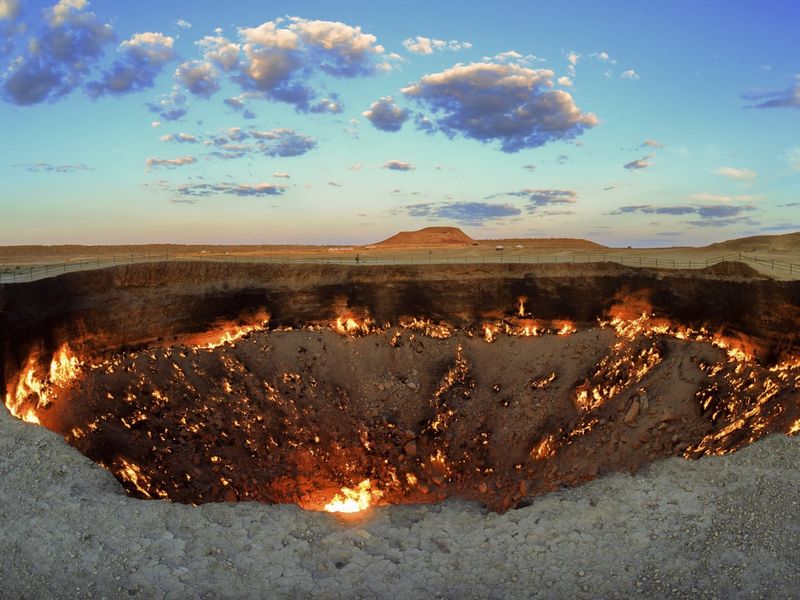
Locals call it the “Door to Hell,” and one look explains why. This 230-foot-wide fiery pit has been burning continuously since 1971, when Soviet engineers accidentally collapsed a natural gas cavern during drilling.
Fearing the release of poisonous methane gas, scientists set it ablaze, expecting it to burn out in weeks. Five decades later, flames still roar from the crater, heating the surrounding desert to unbearable temperatures.
Adventurous tourists visit despite the dangers—toxic fumes, unstable ground around the rim, and scorching heat make this one of Earth’s most hellish landscapes. The government has repeatedly tried to extinguish it without success.
5. Snake Island, Brazil
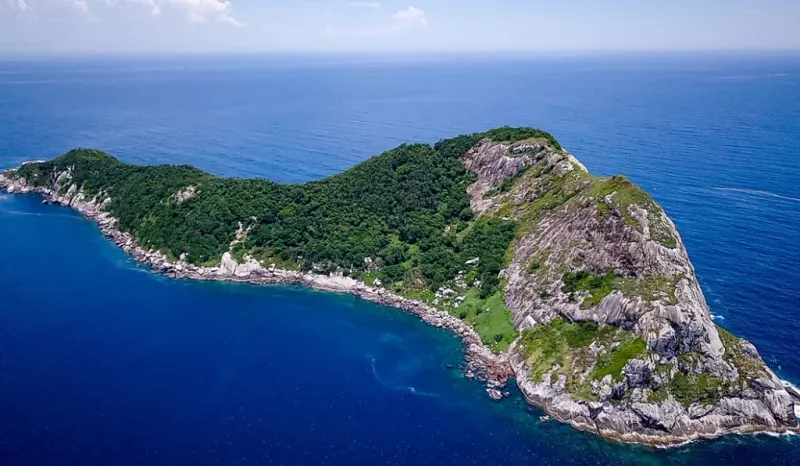
Ilha da Queimada Grande sits just 93 miles off São Paulo’s coast, but this seemingly peaceful island hides a terrifying secret. Every square meter contains approximately one to five golden lancehead vipers—among the deadliest snakes on Earth.
Their venom can melt human flesh and kill within hours. The Brazilian navy strictly forbids visitors, with rare exceptions for scientific research under heavy protection.
The last lighthouse keeper reportedly fled after snakes slithered through his windows. Now the lighthouse runs automatically. Local fishermen tell tales of bodies found on the island’s shores, victims who ignored warnings about this serpent-infested nightmare.
6. Death Valley, USA
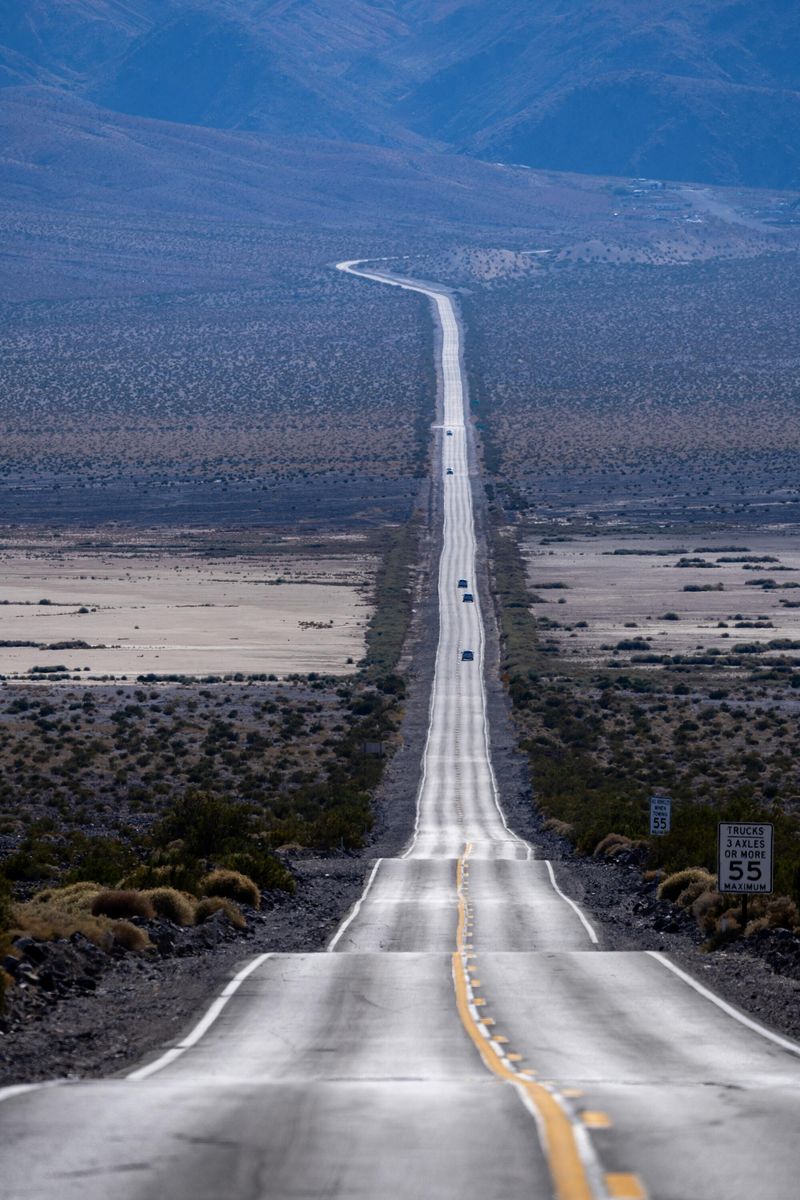
This scorching basin in California holds the record for the highest temperature ever recorded on Earth: 134°F in 1913. Summer temperatures regularly exceed 120°F, turning car interiors into ovens and making exposed skin blister within minutes.
The valley’s beauty lures thousands of tourists yearly, but many underestimate its dangers. Dehydration can occur in under an hour, while the vast, disorienting landscape causes hikers to lose their way.
Each year, rangers rescue dozens of stranded visitors, though not all survive. Cell service is spotty at best, and the extreme heat can cause vehicles to break down miles from help, creating deadly situations for unprepared travelers.
7. Oymyakon, Russia
In this remote Siberian village, eyelashes freeze solid and breathing hurts as the air crystallizes in your lungs. Oymyakon holds the title of coldest permanently inhabited place on Earth, with winter temperatures regularly plunging below -60°F.
Cars must be kept running 24/7 or their engines will freeze solid. The ground remains permanently frozen, making agriculture impossible and burying the dead a monumental task requiring days of fire-thawing the soil.
Daily life becomes a survival challenge—exposed skin freezes in seconds, and a simple trip to the outhouse (indoor plumbing freezes) could be fatal if you’re not properly dressed. Schools close only when temperatures drop below -61°F.
8. Lake Natron, Tanzania
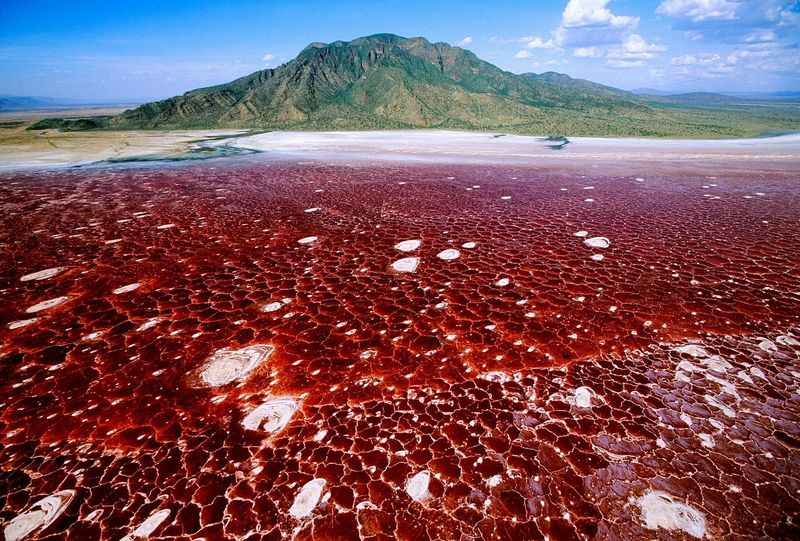
Appearing like something from a horror movie, this blood-red lake doesn’t just look dangerous—it’s deadly enough to turn animals to stone. Extremely alkaline waters (pH levels up to 10.5) and temperatures reaching 140°F create a caustic solution that burns flesh and preserves corpses.
The lake’s bizarre chemistry comes from sodium carbonate and other minerals flowing from surrounding hills. Birds and bats occasionally mistake the reflective surface for safe water, only to die upon contact.
Photographer Nick Brandt famously captured images of calcified animal corpses around the shore, positioned as they died. Strangely, certain algae and flamingos have adapted to thrive in this otherwise lethal environment.
9. North Sentinel Island, India
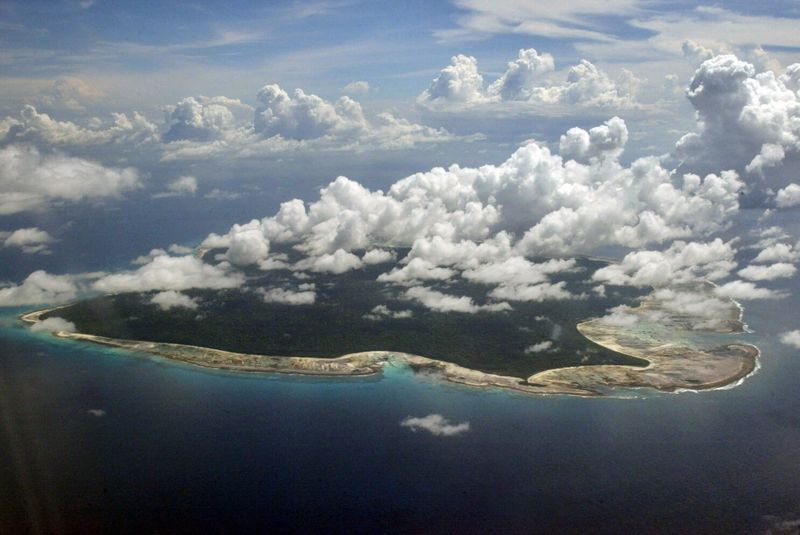
This remote island in the Bay of Bengal looks like paradise but approaching it means almost certain death. The indigenous Sentinelese people have violently rejected all contact with the outside world for thousands of years.
In 2018, American missionary John Chau was killed by arrows when attempting to reach the tribe. The Indian government prohibits any visits within three miles of the island, protecting both the tribe and potential visitors.
Little is known about these people, estimated to number between 50-200. They survived the 2004 tsunami that devastated the region and reportedly fire arrows at helicopters or boats that venture too close—a stark warning to leave them in isolation.
10. Syria
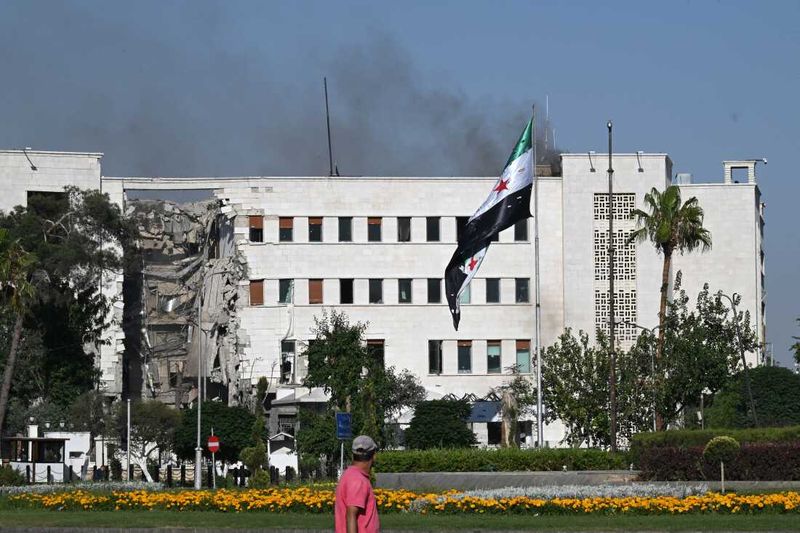
Once home to ancient civilizations and architectural wonders, Syria has become synonymous with danger since civil war erupted in 2011. The conflict has claimed over 500,000 lives and displaced millions more.
Beyond the obvious dangers of active combat, unexploded ordnance litters cities and countryside. Chemical weapons attacks have occurred multiple times, while infrastructure for basic necessities like clean water and healthcare has collapsed in many regions.
Various militant groups control different territories, creating unpredictable dangers for anyone traveling through the country. Historic sites like Palmyra have been deliberately destroyed, erasing millennia of human heritage alongside the devastating human toll.
11. Yemen
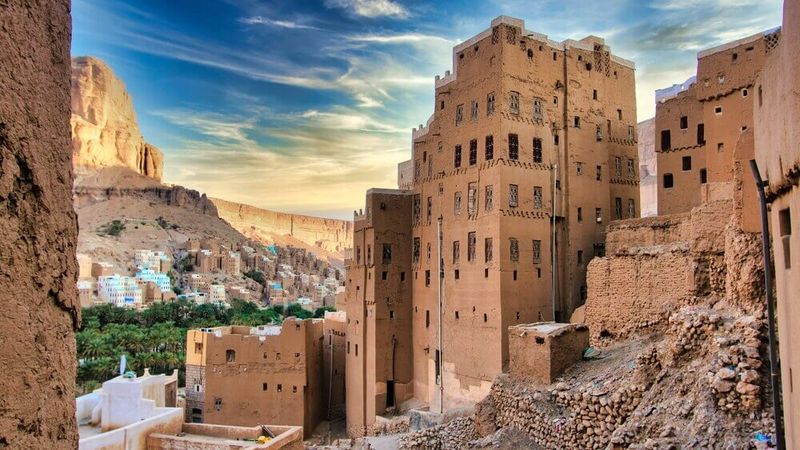
The humanitarian crisis in Yemen represents one of the world’s most dangerous situations. Civil war, famine, and disease have created what the UN calls the worst humanitarian disaster on the planet.
Airstrikes hit civilian areas without warning, while ground fighting makes travel between regions nearly impossible. Cholera outbreaks have affected millions due to destroyed water systems, and over 24 million people need humanitarian assistance to survive.
The conflict has devastated this ancient Arabian peninsula nation, once famous for its historic architecture and coffee production. Children are particularly vulnerable—thousands have been killed or recruited as child soldiers, while millions face severe malnutrition.
12. Sahel Region, North Africa
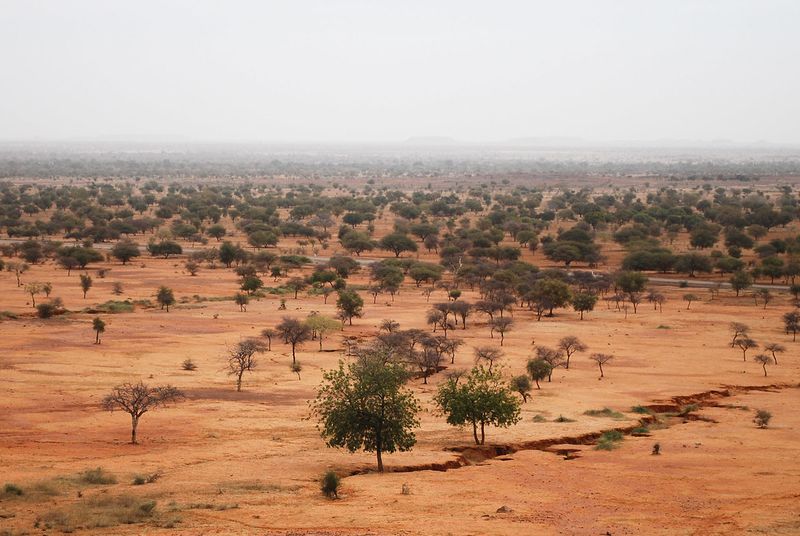
Stretching across North Africa like a deadly belt, the Sahel region combines multiple dangers into one vast territory. Climate change has accelerated desertification, destroying farmland and triggering violent conflicts over dwindling resources.
Terrorist groups including Boko Haram and Al-Qaeda affiliates control large areas, kidnapping foreigners and attacking local populations. Countries like Mali, Niger, and Burkina Faso struggle with weak governments unable to maintain security.
Extreme poverty compounds these problems, making this semi-arid transition zone between the Sahara Desert and savannas one of Earth’s most volatile regions. Millions face food insecurity while risking violence from armed groups that operate with impunity across porous borders.
13. Alagoas State (Maceió/Natal), Brazil
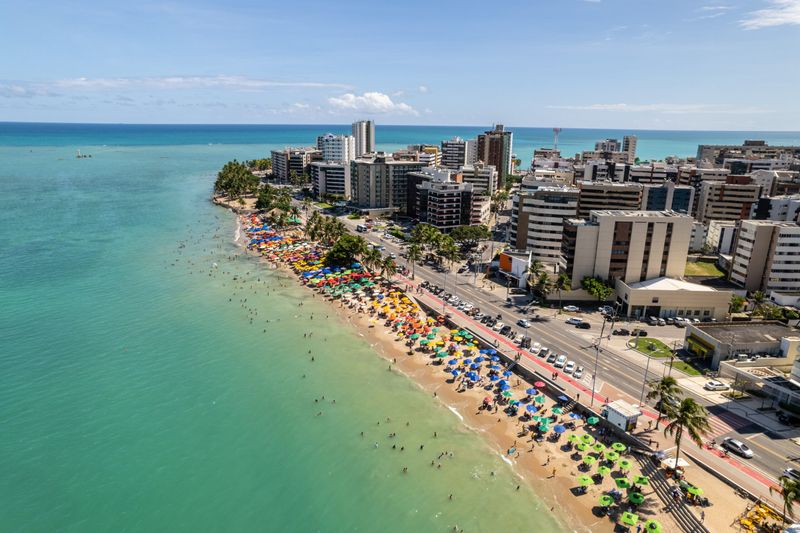
Beautiful beaches mask the grim reality of Brazil’s Alagoas state, home to some of the world’s highest murder rates. The capital Maceió regularly ranks among the planet’s deadliest cities, with homicide rates exceeding 60 per 100,000 residents.
Drug trafficking organizations battle for control of neighborhoods, while police corruption undermines security efforts. Tourists who wander into the wrong areas face robbery, kidnapping, or worse.
Economic inequality fuels much of the violence—luxury beachfront resorts sit just blocks from impoverished favelas. Local residents live with constant danger, particularly young men who face the highest risk of becoming victims of the endemic violence that has plagued this otherwise picturesque coastal region.
14. Caracas, Venezuela
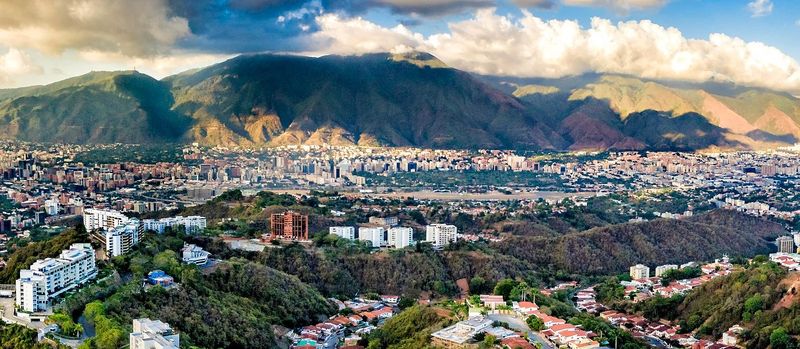
Once a thriving South American capital, Caracas has descended into a nightmare of violence and economic collapse. The city consistently ranks among the world’s murder capitals, with an estimated 100 homicides per 100,000 residents—roughly 20 times higher than the global average.
Hyperinflation has rendered the local currency nearly worthless, creating desperate conditions. Kidnappings, including “express kidnappings” where victims are forced to withdraw money from ATMs, occur daily.
Power outages regularly plunge the city into darkness, during which crime spikes even higher. Medical facilities lack basic supplies, making even minor injuries potentially fatal. Government security forces sometimes pose as much danger to civilians as criminals do.
15. Acapulco, Mexico
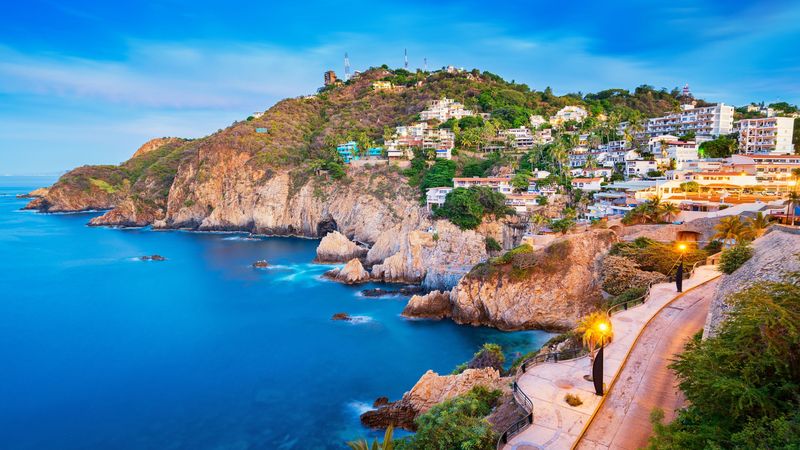
The stunning beaches and cliff divers of Acapulco once made it Mexico’s premier resort destination. Today, this Pacific coast city tells a different story—one of cartel violence and shocking murder rates that have earned it the title of Mexico’s most dangerous city.
Rival drug gangs battle openly for territory, sometimes leaving bodies displayed in public as warnings. The violence typically occurs away from tourist zones, but has occasionally spilled into areas once considered safe.
Local businesses pay protection money to cartels, while police struggle against corruption and superior cartel firepower. Despite government efforts to secure tourist areas, Acapulco’s homicide rate remains among the highest globally, a stark contrast to its postcard-perfect beaches.
16. Los Cabos, Mexico
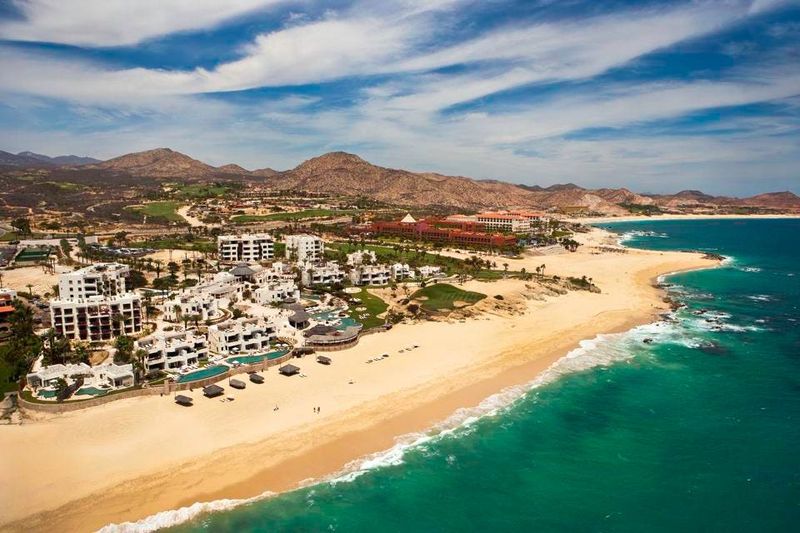
The shocking transformation of Los Cabos from luxury resort destination to murder capital happened with startling speed. In 2017, this beach paradise at Baja California’s southern tip recorded the world’s highest homicide rate—138 per 100,000 residents.
The violence stems from cartels battling for control of local drug markets and trafficking routes. Tourists generally remain safe in resort areas, which are heavily protected, but venturing into certain neighborhoods can prove fatal.
Mexican authorities have deployed military forces to combat the violence, with some success in reducing murder rates. However, Los Cabos remains dangerously unpredictable, creating a surreal situation where sunbathers relax on pristine beaches while deadly cartel violence unfolds just miles away.
17. Ciudad Guayana, Venezuela
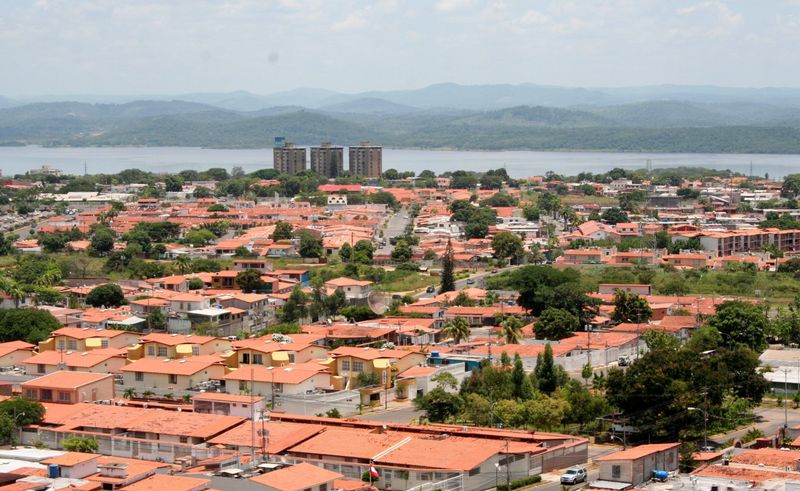
This industrial city in eastern Venezuela has collapsed into lawlessness amid the country’s economic freefall. Once a symbol of Venezuela’s development with its hydroelectric dams and steel plants, Ciudad Guayana now suffers from one of the world’s highest murder rates.
Armed gangs control entire neighborhoods, while police are either absent or complicit. Basic services like electricity and water function sporadically at best. Food shortages have led to widespread malnutrition.
The nearby Orinoco Mining Arc has become a battleground for criminal groups fighting over gold mines. Residents face “taxes” from gangs just to operate businesses or travel between areas. Many homes feature multiple locks and barred windows—minimal protection in a city where law and order have virtually disappeared.
18. Darien Gap (Colombia–Panama)
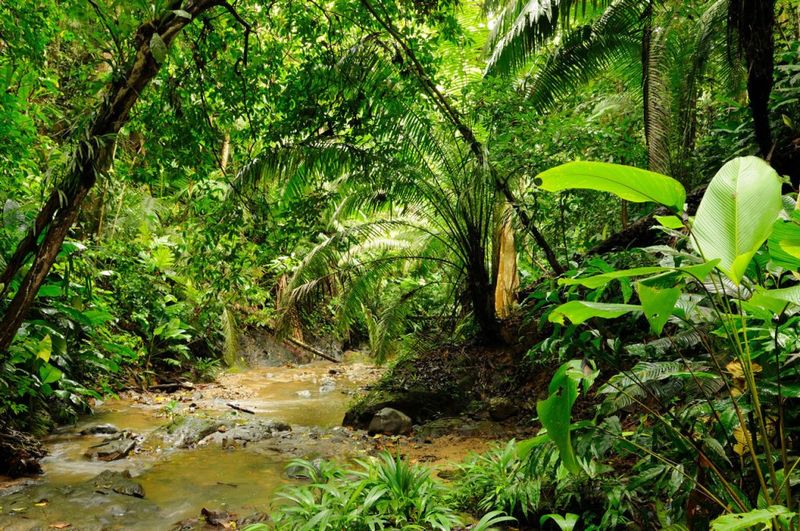
This 60-mile stretch of mountainous jungle is the only break in the 19,000-mile Pan-American Highway. Attempting to cross this roadless wilderness means facing deadly threats from all sides—natural and human.
Venomous snakes, jaguars, and disease-carrying insects represent just the beginning. The region serves as a trafficking route for drugs and weapons, controlled by armed groups who view travelers as targets. Migrants attempting to reach North America have disappeared by the hundreds.
Dense foliage creates near-zero visibility, while swamps and rivers cause deadly flash floods. Even with guides, travelers face extreme risks. Most experts consider crossing the Darien Gap on foot to be one of the most dangerous journeys possible in the Western Hemisphere.

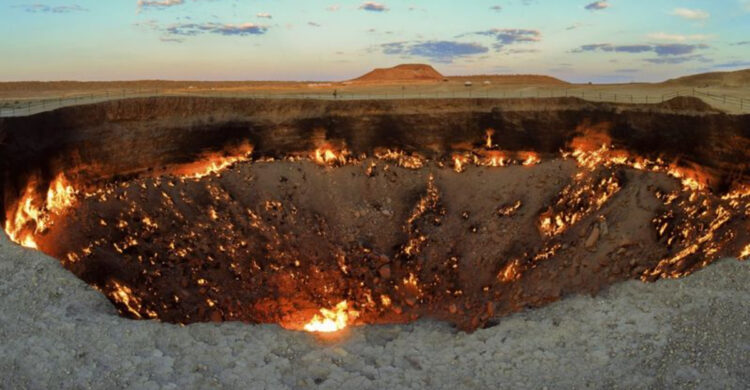
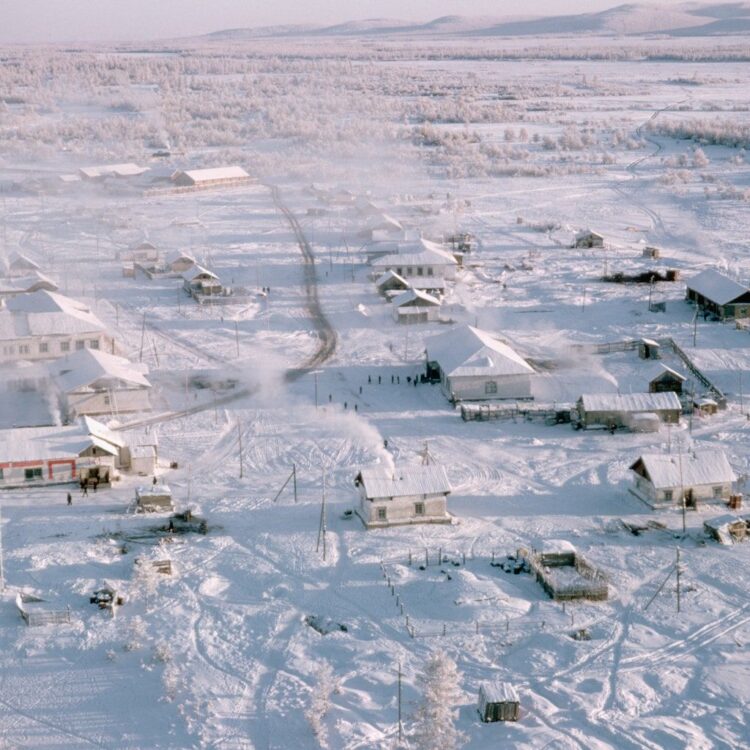
Comments
Loading…